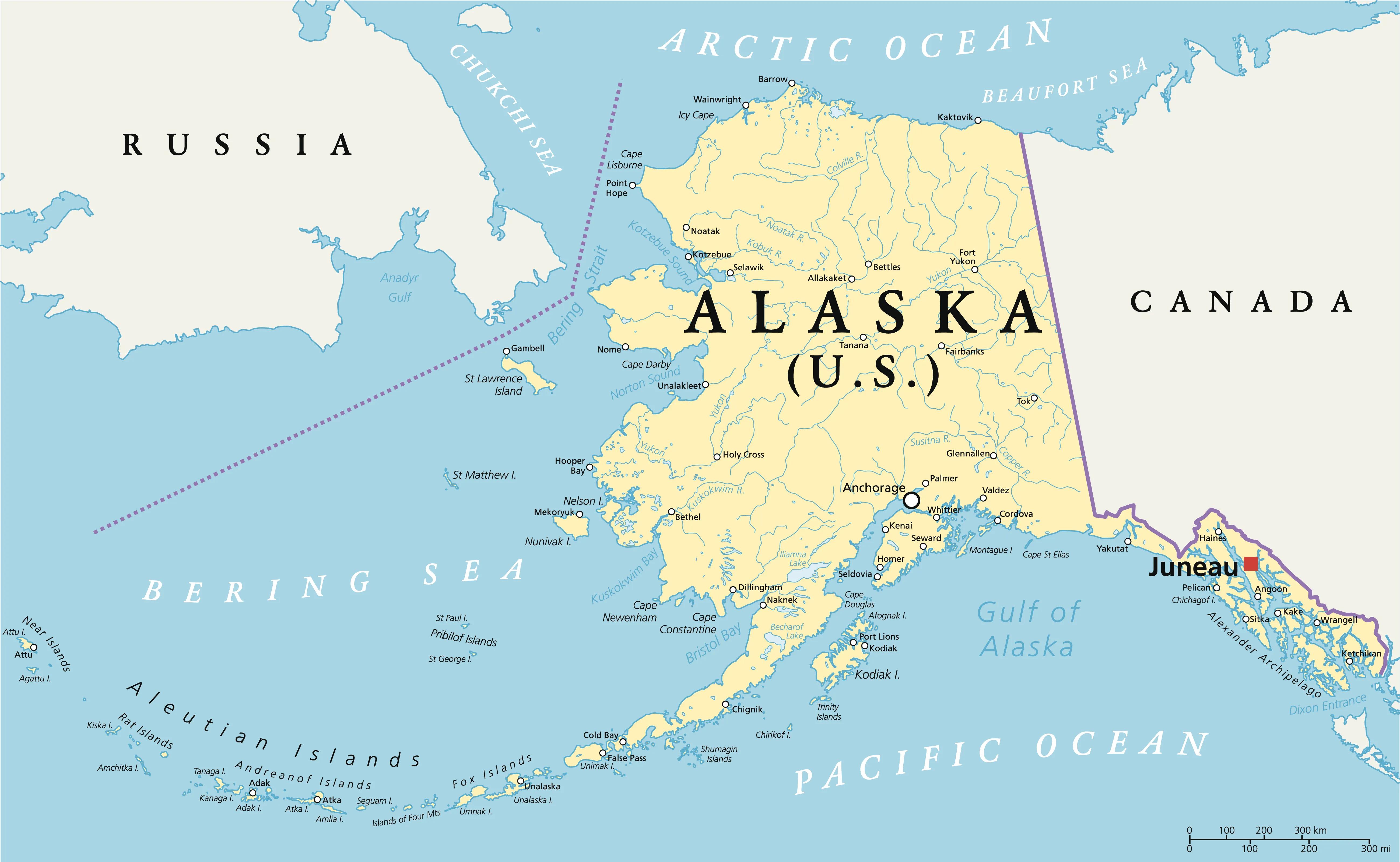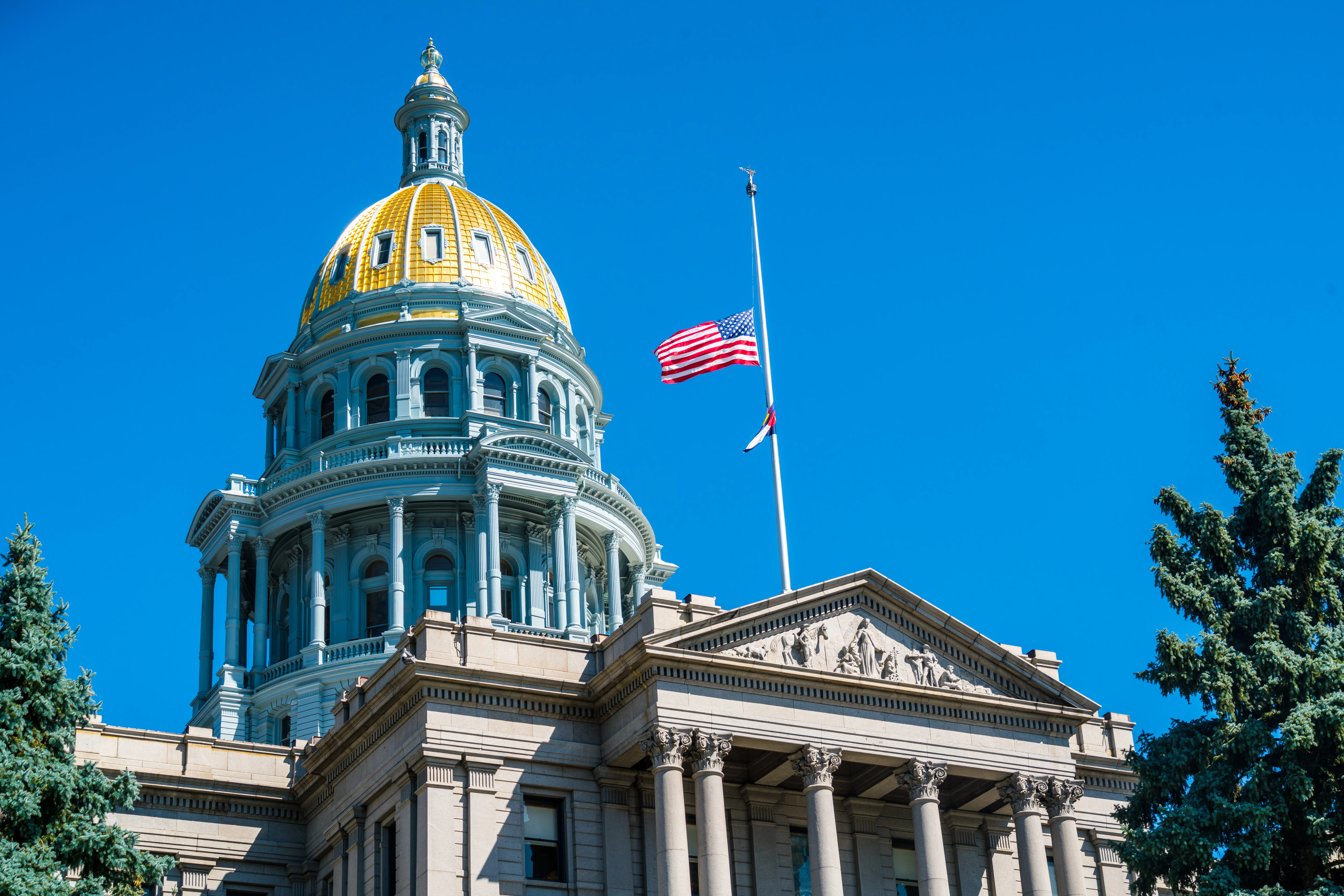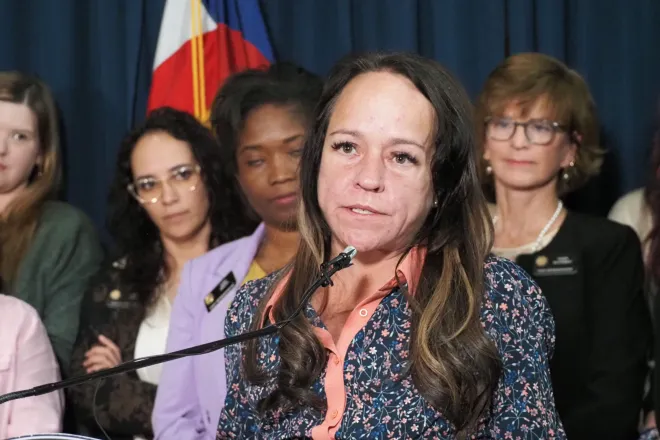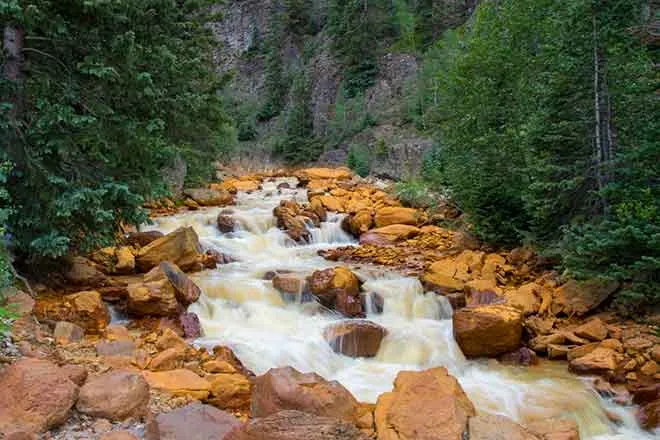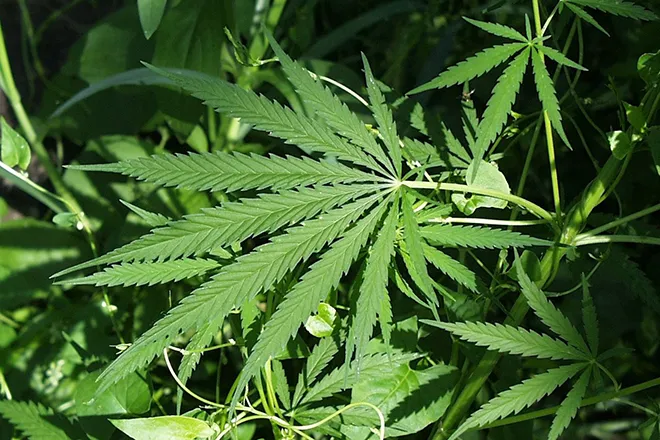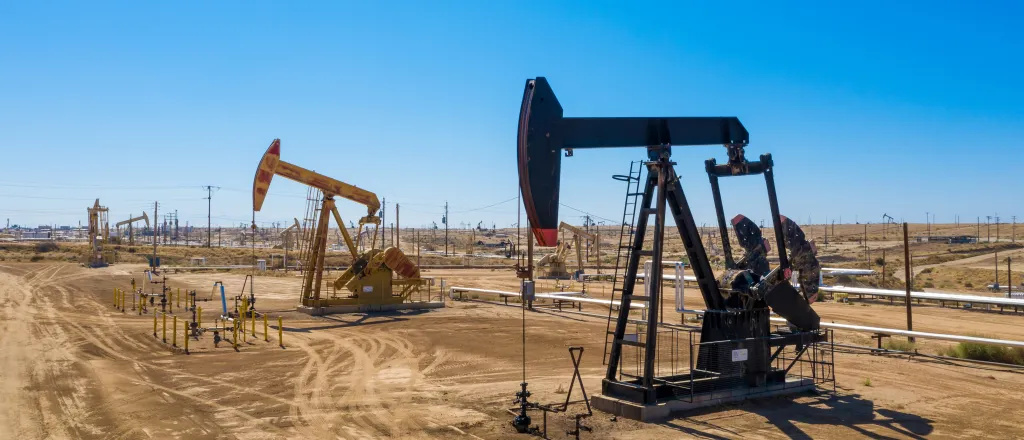
Aurora residents to continue opposition to fracking near reservoir, Superfund site
Click play to listen to this article.
(Colorado News Connection) Aurora residents and environmental groups said they will continue to oppose fracking near the Aurora Reservoir, thousands of homes and 13 schools after regulators approved a plan for more than 150 new well sites at Lowry Ranch last week.
Lauren Swain, coordinator for the group Physicians for Social Responsibility-Colorado, said while the exact scope of the risks to the reservoir remain a technical question, operators have not demonstrated how their operations will do no harm.
"You do not want to have the use of large amounts of fracking fluid and the handling of large amounts of liquid waste near a resource for 400,000 people's drinking water," Swain asserted.
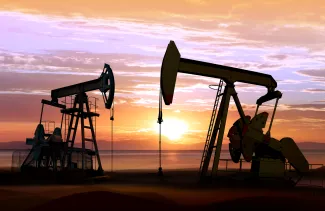
The ranch sits next to a Superfund site containing decades of landfill waste, including 138 million gallons of hazardous toxins. Representative Jason Crow, D-Colo., has asked the Environmental Protection Agency to weigh in on the risks to the reservoir and aquifers posed by fracking. Civitas Resources, which has a long track record of environmental violations, has since agreed not to drill wells directly under the landfill.
Colorado is in severe violation of national clean-air standards and critics argue new drilling will increase ground-level ozone pollution, even if operators use electric equipment. Swain pointed out the plan will also increase health risks for disproportionately impacted communities of color on the north side of the drilling area.
"There is already another Comprehensive Area Plan that's been approved in November of 2022 for about the same number of wells," Swain noted. "They'll have 300 wells near them, instead of 150."
Wildlife advocates are also concerned about the effect on priority State Wildlife Action Plan species such as the northern leopard frog, burrowing owl and swift fox. Oil and gas drilling releases benzene, methane and other toxic air pollutants. Swain pointed to studies showing living near oil and gas operations is associated with increased incidence of asthma attacks, cancer, heart and lung disease and premature death.
"Oil and gas production is responsible for a deadly series of hazardous air pollutants," Swain emphasized. "People should live nowhere near oil and gas production that releases these elements into the air."

